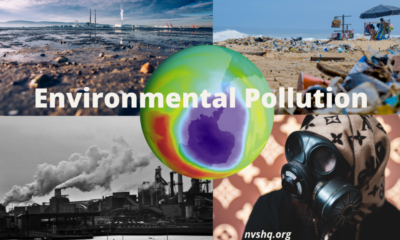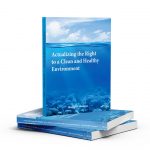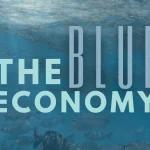By Dr. Kariuki Muigua, PhD (Leading Environmental Law Scholar, Natural Resources Lawyer and Dispute Resolution Expert in Kenya)*
It has been argued that since energy cannot be created or destroyed, one of the best ways of ensuring that all Kenyans have access to clean energy is promoting energy efficiency. Goal 7 of the Sustainable Development Goals (SDGs) seeks to ensure that there is access to affordable, reliable, sustainable and modern energy for all. Particularly, countries are expected to ensure that by 2030, there is universal access to affordable, reliable and modern energy services; substantial increase in the share of renewable energy in the global energy mix and doubling the global rate of improvement in energy efficiency. Thus, the Government of Kenya needs to put in place he following measures to enhance the efficiency of the available sources of renewable energy as well as nonrenewable sources while minimizing any negative effects that these may have on the environment or the public’s health.
Expanding infrastructure and upgrading technology for supplying modern and sustainable energy services
SDG Goal 7.b seeks to ensure that by 2030, countries expand infrastructure and upgrade technology for supplying modern and sustainable energy services for all especially in developing countries, in particular least developed countries, Small Island developing States and landlocked developing countries, in accordance with their respective programmes of support. In line with the ‘Last Mile Project’, there is a need for the Government of Kenya to continually invest in infrastructure as well as upgrading energy technology to ensure that all Kenyans have access to modern and sustainable energy.
As things stand, there is a huge number of Kenyans who still rely of non-renewable energy such as kerosene, wood and charcoal (biomass), thus making it difficult to achieve the minimum 10% tree cover as provided for under Article 69 of the Constitution of Kenya 2010. Under Kenya’s Vision 2030 and specifically the National Renewable Energy Master Plan, the Government of Kenya hopes to ‘promote development of renewable energy as an alternative source of energy which will include generation of energy from solar, wind, biogas, development of bio-energy including bio-ethanol and diesel value chains and promotion of the use of improved cooking stoves and charcoal kilns, and re-afforestation of water towers. While these aspirations come with social, economic and political challenges, if achieved, they can go a long way in achieving the right to affordable and sustainable energy for all.
Mainstreaming Gender Issues in Energy and Addressing Poverty
Some authors have argued that if the right to energy for all Kenyans is to be realized, then gender issues ought to be tackled. This is because of the important role that women play when it comes to meeting the energy needs of families especially in the rural setting. Facilitating access to clean energy for women not only contributes to strengthening families and their health but also creates business opportunities for them. There is also a need to address poverty levels in the country. An economically empowered household is likely to have more choices when it comes to energy use for their domestic needs. Enhancing energy production in the country without addressing the socioeconomic factors that make energy unavailable to most households in the first place may not achieve much as far as adoption of cleaner sources of energy is concerned.
Promoting Energy Efficiency in Kenya
A number of studies have been carried out on factors that affect energy efficiency practices and how the stakeholders in the Kenyan energy sector can enhance energy efficiency in the country. Some of the energy demand and consumption aspects that influence the adoption of energy efficiency practices in the country that have been identified include: the different types of energy being used domestically in the household level; the respondents’ knowledge of energy efficiency; household energy consumption monitoring/tracking trends; knowledge on the potential energy efficiency practices; benefits associated with energy efficiency; and their knowledge regarding climate change dynamics and how these compare with domestic energy use. Promoting energy efficiency practices has been hailed not only as a way to ensure that there is enough energy for all but also as a climate mitigation measure.
As a result, Kenya’s Climate Change Action Plan 2018–2022 has prioritized enhancement of energy efficiency as one of the priority actions to mitigate climate change in the country. It is important to point out that producing power without promoting efficient consumption of the same will mean that it may be counterproductive as it may never be enough for everyone. There is need for continued promotion of diverse methods of enhancing efficiency across use of all sources of energy and in all sectors such as through ensuring that energy efficient appliances are not only available but also affordable, there is a wider use of efficient technology to take advantage of the available sources of energy such as biomass to come up with the most efficient and less polluting forms of the same and even use of biogas in villages for lighting and cooking.
As already pointed out, biomass provides about 69% of the country‘s overall energy requirements while petroleum accounts for about 22% and electricity about 9% and as at June, 2017, 65.6% of the electricity component was generated using renewable energy sources with fossil fuels providing the balance of 34.4%. There is a need to expand the use of these sources to generate more electricity. Private persons may also be considered for funding to come up with larger scale biogas production projects to light villages. This will not only create employment for more people but will also promote cleaner energy technologies and climate change mitigation.
Resolving the Issues Surrounding the Adoption of Nuclear Power
It is commendable that the Government of Kenya already put in place the Nuclear Power and Energy Agency as envisaged under the Energy Act, 2019 and also enacted the Nuclear Regulatory Act 2019. However, it is true that the Agency requires to work closely with other stakeholders across the board. While the Government has shown some efforts towards training of personnel to create expertise in nuclear power, there is a need for sustained and long term efforts for capacity building through training of engineers in industry and consultants as well as developing localized university and polytechnic level training in the country. The existential crisis facing the nuclear energy project in Kenya needs to be resolved as a matter of urgency. If the viability of Nuclear Energy generation in the country is ruled out, the resources currently being applied to it should be directed towards exploring and developing the ample renewable energy sources in the country.
Conclusion
Studies have concluded that although the government of Kenya has done so much to turn around energy use practices in the country, and the take up of these is increasing, most citizens still use crude energy sources basically wood, charcoal and crude fuels. There also seems to be a disconnect between the reported government efforts and achievements vis-à-vis actual public energy use practices pointing to both a communication gap and inability of the citizens to quickly take up these projects. Thus, while there is need to support the government’s efforts to diversify the available sources of renewable energy in Kenya, there is also a need for continued public awareness campaigns to sensitize the public on the need for practicing energy efficiency regardless of the energy source in question. It is not just about affordability and availability of energy but also how efficiently the same is utilized.
Such energy sources as nuclear power, while viable in the country require continued consultations, creating public awareness and immense investment in radioactive waste handling and disposal for the sake of public health and environmental protection. Indeed, some commentators have argued that African countries looking to invest in nuclear energy as a source of clean electricity should consider Europe’s struggles with disposing of radioactive waste. It is therefore important that the Government expands its choices while trying to meet the current and future energy needs of the country by investing more in the already available renewable sources of energy, enhance efficiency and also ensure affordability by a wider group. Exploring alternative sources of energy is a worthwhile exercise in line with Kenya’s quest for Sustainable Development.
*This is article is an extract from an article by Dr. Kariuki Muigua, PhD, Muigua, K., “Exploring Alternative Sources of Energy in Kenya,” Available at: http://kmco.co.ke/wp-content/uploads/2020/10/Exploring-Alternative-Exploring-Alternative-Sources-of-Energy-in-Kenya-Kariuki-Muigua-PhD.pdf, Dr. Kariuki Muigua is Kenya’s foremost Environmental Law and Natural Resources Lawyer and Scholar, Sustainable Development Advocate and Conflict Management Expert. Dr. Kariuki Muigua is a Senior Lecturer of Environmental Law and Dispute resolution at the University of Nairobi School of Law and The Center for Advanced Studies in Environmental Law and Policy (CASELAP). He has published numerous books and articles on Environmental Law, Environmental Justice Conflict Management, Alternative Dispute Resolution and Sustainable Development. Dr. Muigua is also a Chartered Arbitrator, an Accredited Mediator, the Africa Trustee of the Chartered Institute of Arbitrators and the Managing Partner of Kariuki Muigua & Co. Advocates. Dr. Muigua is recognized as one of the leading lawyers and dispute resolution experts by the Chambers Global Guide 2021 and nominated as ADR Practitioner of the Year (Nairobi Legal Awards) 2021.
References
Dilek, T.D., and Akdoğan, E.C., “Renewable energy production, energy consumption and sustainable economic growth in Turkey: A VECM Approach.” Sustainability 11, no. 5 (2019): 1273.
Jianhui, J., Fan, X., He, P., Xiong, H., and Shen, H., “The effects of energy consumption, economic growth and financial development on CO2 emissions in China: A VECM Approach.” Sustainability 11, no. 18 (2019): 4850.
Kenya Vision 2030 Secretariat, ‘Development of New and Renewable Sources of Energy,’ Available at: https://vision2030.go.ke/project/development-of-new-and-renewable-sources-of-energy/ (accessed 19/11/2021).
Munene, M.B., Odongo, J.O., and Nyambane, A., ‘Energy Efficiency in Kenya: Public Awareness, Strategies, Challenges & Opportunities (Heinrich-Böll-Stiftung), Available at: https://ke.boell.org/en/2019/09/16/energy-efficiency-kenya-public-awareness-strategies-challenges-opportunities (accessed 19/11/2021).
Nyokabi, Y., ‘Promoting Energy Efficiency as a Climate Change Mitigation Action in Kenya (UNDP),’ Available at: https://www.ke.undp.org/content/kenya/en/home/stories/2019/lecrd-promoting-energy-efficiency.html (accessed 19/11/2021).
Republic of Kenya, National Energy Policy, October, 2018.
Sebastian, S., “Small-scale biogas production from organic waste and application in mid-income countries–a case study of a Lebanese community.” (2019) Available at: http://www.divaportal.org/smash/get/diva2:1334609/FULLTEXT01.pdf (accessed 19/11/2021).
Smith, T., ‘Women in Energy Means More Clean Energy for All across Africa,’ https://www.esi-africa.com/industry-sectors/future-energy/women-in-energy-means-more-clean-energy-for-all-across-africa/ (accessed 19/11/2021).
UN General Assembly, Transforming our world: the 2030 Agenda for Sustainable Development, 21 October 2015, A/RES/70/1, SDG Goal 7.
Wanjiru, H., Nyambane, A., Omedo, G., Davis, M., and Chelagat, W., ‘How Kenya Can Transform the Charcoal Sector and Create New Opportunities for Low-Carbon Rural Development,’ Available at: https://www.jstor.org/stable/resrep02811?seq=1#metadata_info_tab_contents (accessed 19/11/ 2021).
Zaharia, A., Diaconeasa, M.C., Brad, L., Lădaru, G.R., and Ioanăș C., “Factors Influencing Energy Consumption in the Context of Sustainable Development.” Sustainability 11, no. 15 (2019): 4147.


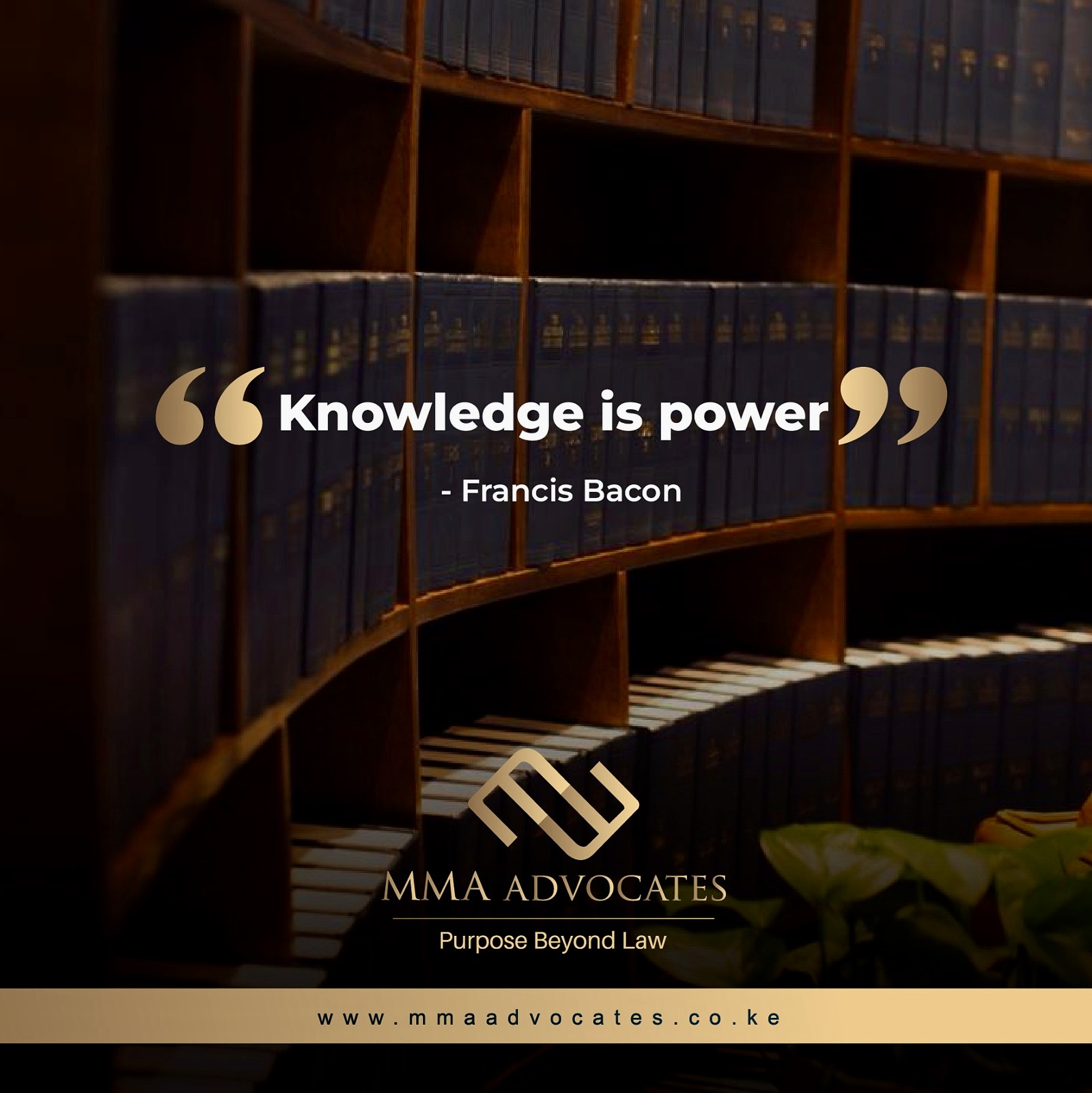


 Lawyers2 years ago
Lawyers2 years ago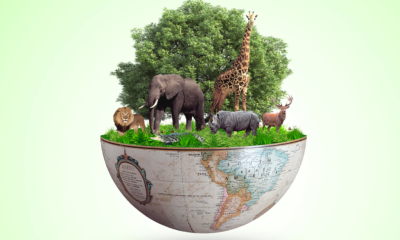
 News & Analysis3 years ago
News & Analysis3 years ago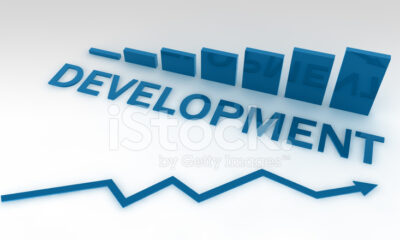
 News & Analysis3 years ago
News & Analysis3 years ago
 Lawyers2 years ago
Lawyers2 years ago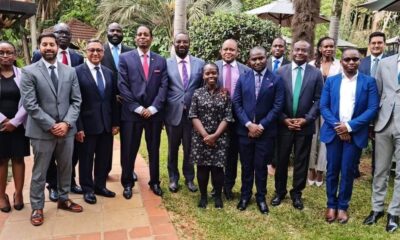
 News & Analysis3 years ago
News & Analysis3 years ago
 News & Analysis1 year ago
News & Analysis1 year ago
 News & Analysis3 years ago
News & Analysis3 years ago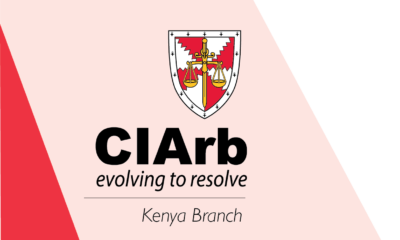
 News & Analysis1 year ago
News & Analysis1 year ago









